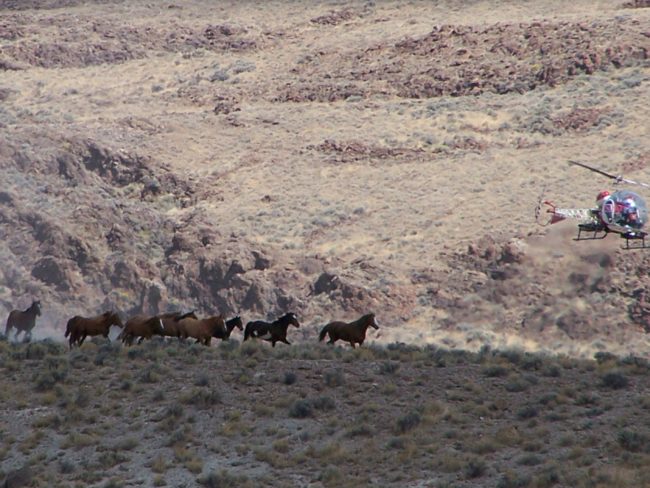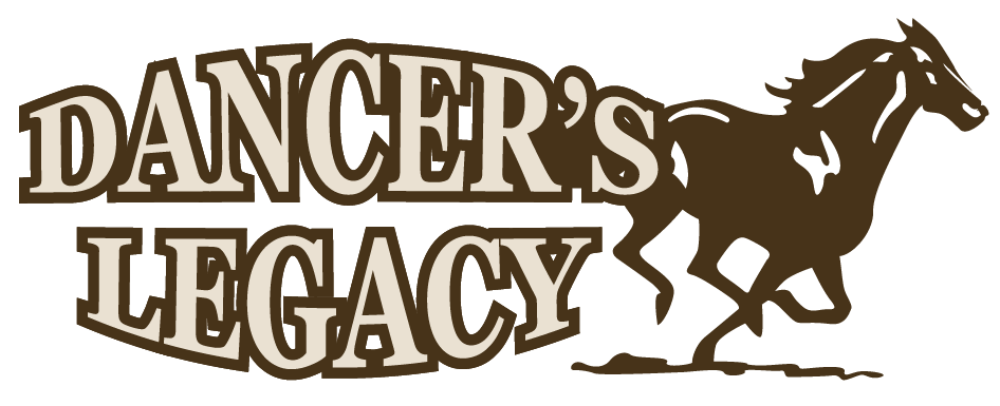Wild Horse Issues

In 1971, Congress unanimously passed the Wild Free Roaming Horses and Burros Act.
They declared that, “wild free-roaming horses and burros are living symbols of the historic and pioneer spirit of the West; that they contribute to the diversity of life forms within the Nation and enrich the lives of the American people; and that these horses and burros are fast disappearing from the American scene. It is the policy of Congress that wild free roaming horses and burros shall be protected from capture, branding, harassment, or death; and to accomplish this they are to be considered in the area where presently found, as an integral part of the natural system of the public lands.”
Since then, the Bureau of Land Management (BLM), which is the agency designated to protect wild horses and burros, has removed nearly 300,000 of these equines from their homes on taxpayer funded public lands in the West. They have “zeroed out” wild horses and burros from over 20 million acres of public land designated by Congress as habitat for these animals. The BLM, pressured by the livestock industry, removes wild horses and burros from public lands to make room for taxpayer-subsidized livestock grazing.
While wild horses and burros are restricted to 11% of BLM-managed lands, this agency routinely allocates a majority of forage resources in designated herd management areas (HMAs) to private livestock instead of the federally-protected wild horses and burros. In late 2004, the 1971 Act was undermined by the actions of former Senator Conrad Burns. Without public comment or hearings, he inserted an amendment to the FY2005 appropriations bill which further eroded wild horse/burro protections. The amendment allows for the sale of wild horses and burros over the age of ten and for those put up for adoption three times (but not placed) to be commercially sold which includes for slaughter.
Over the years, the BLM has reduced the wild horse and burro population to a number that is lower than the estimated population that existed in 1971, when Congress stated that the animals were “fast disappearing.” Furthermore, the BLM rounds up thousands of more wild horses each year than can be adopted. The result is the stockpiling of more horses in government holding facilities (over 50,000) than are left free on the range (less than 32,000).
The facts below show further inequities and injustice to America’s fast-disappearing wild horse and burro herds:
- Since the 1900s, the number of wild horses roaming free in the West has decreased by 98%; once estimated at 2 million roaming freely, now less than 32,000 remain.
Since 1971, the BLM has eliminated wild horse and burro herds from 40% of their designated habitat. - Over 270,000 wild horses and burros have been removed from taxpayer-funded public lands since the passage of the 1971 Wild Free Roaming Horses and Burros Act. Five out of every eight mustangs rounded up are stockpiled in government holding facilities.
- Currently, there are over 50,000 in these concealed facilities. 70% of BLM’s wild horse program budget is spent on roundups and warehousing the horses and burros in holding facilities. Only 6% has been allocated to population control measures which are a solution to keeping them in the wild.
- The wild horse program costs taxpayers $80,000,000 in the current budget. Over $100,000 daily is spent to feed the animals in holding facilities.
- Private livestock grazing (cattle, sheep) often outnumber horses at least 50:1 on taxpayer funded public lands. The BLM blames the horses for overgrazing and often uses that excuse to remove them.
- Federally managed land is provided for livestock grazing at 8x higher than for what is allocated to wild horses and burros — 240 million acres to livestock with 28.6 million acres assigned to mustangs. That 28.6 million acres is also shared with livestock.
- Taxpayer funded livestock grazing on public lands costs over $132 million per year. Just over 3% of America’s beef supply comes from these cattle.
